How to Cook Rice Noodles: Perfect Every Time
This post may contain affiliate links (disclosure).
Rice noodles are a beloved staple in many Asian cuisines, celebrated for their versatility and delightful texture. Whether in a stir-fry, soup, or salad, they elevate any dish. However, many home cooks struggle to achieve the perfect balance of soft yet firm, non-sticky noodles. This guide provides a foolproof method that combines soaking and boiling techniques to ensure perfectly cooked, pliable rice noodles every time. Say goodbye to soggy, clumped noodles, and hello to delicious results!

Ingredients and Equipment
Ingredients:
- Rice noodles: Choose your preferred type and thickness.
- Water: Enough to fully submerge the noodles.
- Salt (optional): Enhances the flavor of the noodles.
Equipment:
- Large pot: For boiling water and soaking noodles.
- Colander: For draining and rinsing the cooked noodles.
Step-by-Step Instructions
- Boil Water: Fill a large pot with enough water to fully submerge the noodles and bring it to a boil. You can add salt if desired.
- Add Noodles: Once the water is boiling, add the rice noodles to the pot, using a portion that suits your needs.
- Turn Off Heat: Immediately after adding the noodles, turn off the heat.
- Soak Noodles: Let the noodles soak in the hot water for 3 minutes. Check for pliability; if the noodles are not soft enough, soak for an additional minute or two. Thicker noodles may require around 5 minutes.
- Drain Noodles: Once the noodles are soft and pliable, drain them using a colander.
- Rinse Noodles: Rinse the noodles with cold water to stop the cooking process and prevent them from sticking together by removing excess starch.
- Serve or Use in Dish: The noodles are now ready to eat hot or use in your desired recipe. For stir-frying, ensure the noodles are slightly under-soaked as they will cook further in the pan.
Tips for Perfect Rice Noodles
- Adjust Soaking Time: Thicker noodles may need more soaking time (up to 5 minutes), while thinner noodles usually require just 3 minutes. Always test for pliability.
- Avoid Overcooking: Turn off the heat as soon as you add the noodles to prevent them from becoming mushy.
- Rinse Thoroughly: Rinse the noodles with cold water immediately after draining to stop the cooking process and remove excess starch, which prevents sticking.
- Use Immediately or Store Properly: If not using right away, toss the noodles with a small amount of oil to prevent sticking and store them in an airtight container.
- Cook in Small Batches: If making a large quantity, cook the noodles in batches to ensure they cook evenly and don’t clump together.
- Consider the Dish: Slightly under-soak noodles if they will be cooked further in a stir-fry or other hot dish to maintain the ideal texture.
What To Make With Rice Noodles
Stir-Fry
- Chicken Stir-Fry: Toss rice noodles with stir-fried chicken, vegetables (like bell peppers, carrots, and broccoli), garlic, ginger, soy sauce, and a touch of sesame oil.
- Shrimp Stir-Fry: Stir-fry shrimp with snow peas, mushrooms, and bean sprouts, then mix with rice noodles and a sauce made from soy sauce, fish sauce, and lime juice.
Soups
- Pho: A Vietnamese soup with rice noodles, beef or chicken, fresh herbs (basil, cilantro), bean sprouts, lime wedges, and jalapeño slices in a fragrant broth made from star anise, cinnamon, and cloves.
- Tom Yum Soup: A Thai soup with rice noodles, shrimp or chicken, mushrooms, tomatoes, lemongrass, kaffir lime leaves, galangal, and a spicy-sour broth.
Salads
- Thai Noodle Salad: Mix rice noodles with shredded chicken, julienned vegetables (carrots, cucumbers, bell peppers), fresh herbs (mint, cilantro), and a dressing made from lime juice, fish sauce, sugar, and chili.
- Vietnamese Noodle Salad: Combine rice noodles with grilled pork, lettuce, cucumber, pickled carrots and daikon, fresh herbs (mint, basil), and a tangy dressing made from fish sauce, lime juice, and garlic.
Curries
- Green Curry Noodles: Serve rice noodles with a green curry sauce made from coconut milk, green curry paste, chicken or tofu, eggplant, and bell peppers.
- Red Curry Noodles: Mix rice noodles with red curry sauce, shrimp, bamboo shoots, bell peppers, and basil leaves.
Cold Dishes
- Sesame Noodles: Toss cold rice noodles with a sesame dressing made from tahini, soy sauce, rice vinegar, garlic, ginger, and a bit of honey or sugar. Top with sliced scallions and sesame seeds.
- Peanut Noodles: Combine cold rice noodles with a creamy peanut sauce, shredded chicken or tofu, julienned veggies (carrots, red cabbage), and fresh cilantro.
Fusion Ideas
- Rice Noodle Tacos: Use rice noodles as a filling for tacos along with shredded lettuce, diced tomatoes, avocado, and a drizzle of spicy mayo.
- Noodle Wraps: Wrap rice noodles with grilled meat, fresh veggies, and herbs in rice paper for fresh and light Vietnamese-style spring rolls.
Pictured above is my meal prep recipe for healthy noodle salad, the original recipe uses soba noodles but you can use rice noodles instead. Check out my healthy gluten-free noodle salad meal prep recipe.
Frequently Asked Questions
How do I prevent rice noodles from sticking together?
Rinse the noodles with cold water immediately after draining to stop the cooking process and remove excess starch. If storing, toss them with a small amount of oil.
Can I reheat cooked rice noodles?
Yes, you can reheat cooked rice noodles by briefly soaking them in hot water or quickly stir-frying them in a pan with a little oil.
How do I store leftover rice noodles?
Store leftover rice noodles in an airtight container in the refrigerator. Toss them with a bit of oil before storing to prevent sticking.
Are rice noodles gluten-free?
What dishes can I make with rice noodles?
Rice noodles are versatile and can be used in stir-fries, soups, salads, and spring rolls.
How do I know when rice noodles are done?
Rice noodles are done when they are soft and pliable but still slightly firm to the bite (al dente). Taste a noodle after soaking to check for doneness.
Can I cook rice noodles in advance?
Yes, you can cook rice noodles in advance. After rinsing with cold water, toss them with oil and store in the refrigerator. Reheat before using.
Do I need to add salt to the boiling water?
Adding salt is optional and can enhance the flavor of the noodles, but it’s not necessary for cooking them properly.
What should I do if my noodles are too soft?
If your noodles are too soft, reduce the soaking time slightly for your next batch. For stir-fries, under-soak the noodles a bit as they will cook further in the pan.
Other Easy Cooking Instructions
Blanching Green Beans Tutorial: Learn how to blanch green beans perfectly to retain their vibrant color and crisp-tender texture for salads, stir-fries, and side dishes.
Step-by-Step Chicken Breast Cutting Guide: Follow this detailed guide to learn the proper technique for cutting chicken breast into perfect pieces for your recipes.
Cooking Canned Corn Instructions: Discover the easiest way to cook canned corn for a quick and delicious side dish that complements any meal.
Making Boxed Jello: Learn the simple steps to make Jello from a box for a classic and fun dessert that’s ready in no time.
Microwave Egg in Ramen Recipe: Master the technique of cooking an egg in ramen using a microwave for a quick and satisfying meal.
Microwave Pasta Cooking Method: Discover how to cook pasta in the microwave for a convenient and efficient way to prepare your favorite pasta dishes.
Grilling Hot Dogs Tips: Learn the best method to grill hot dogs to perfection, achieving that ideal char and flavor for your next barbecue.
How To Cook Rice Noodles
Recipe Video
Ingredients
- 1 lb Rice noodles
- Water
- Salt to taste
Recommended Kitchen Tools (click the links below to see the items used to make this recipe)
- Large pot
Instructions
- Boil Water: Fill a large pot with water and bring it to a boil. You can add salt to the water if desired.
- Add Noodles: Once the water is boiling, add the rice noodles to the pot. Use a portion of the package that suits your needs.
- Turn Off Heat: After adding the noodles, turn off the heat immediately.
- Soak Noodles: Let the noodles soak in the hot water for 3 minutes. Check for pliability. If the noodles are not soft enough, soak for an additional minute or two. Thicker noodles may require around 5 minutes.
- Drain Noodles: Once the noodles are soft and pliable, drain them using a colander.
- Rinse Noodles: If you plan to use the noodles in a stir-fry or other dish, rinse them with cold water. Rinsing with cold water helps to stop the cooking process and prevents the noodles from sticking together by removing excess starch.
- Serve or Use in Dish: The noodles are now ready to eat. You can serve them hot immediately or use them in your desired recipe. For stir-frying, ensure the noodles are slightly under-soaked as they will cook further in the pan.
Notes
- Adjust soaking time based on noodle thickness and personal preference.
- For al dente texture, 3 minutes is a good starting point.
- If you prefer softer noodles, increase the soaking time by 1-2 minutes.
- Proper rinsing ensures the noodles do not stick together and remain perfect for any dish.
Nutrition
See also:


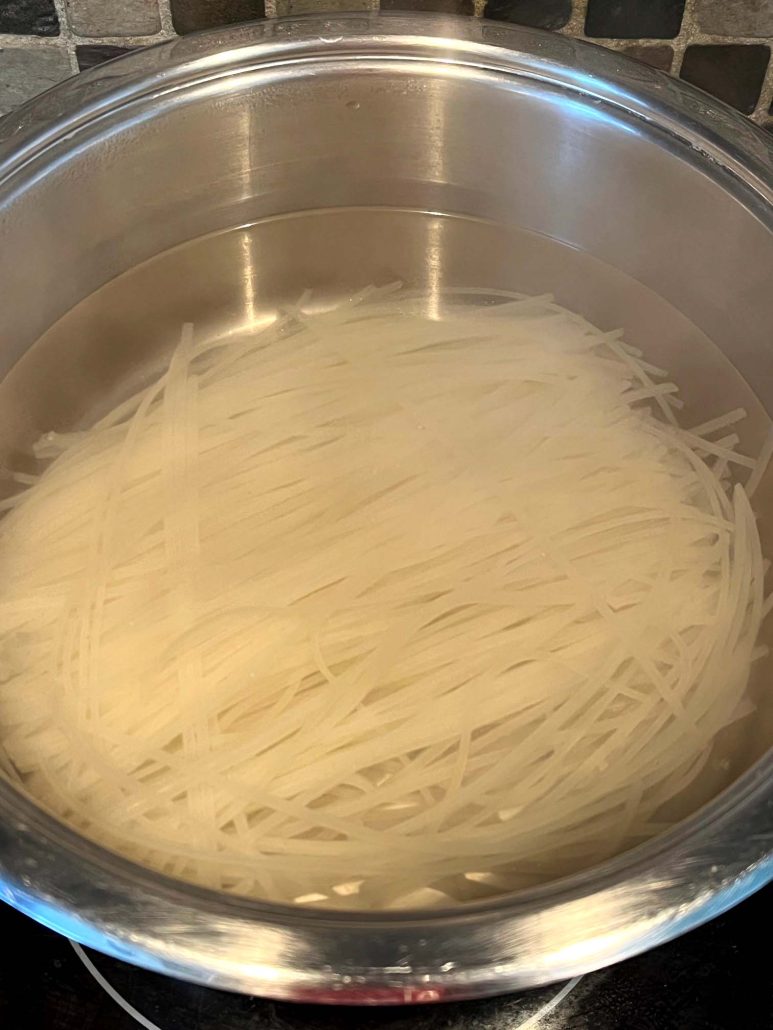
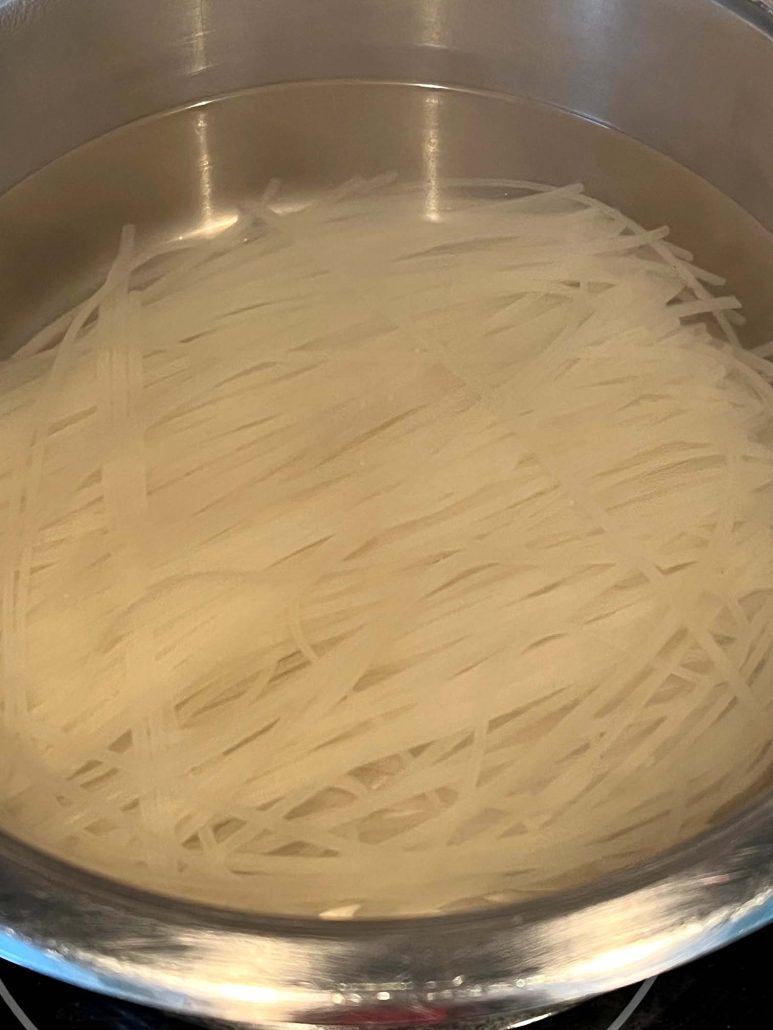

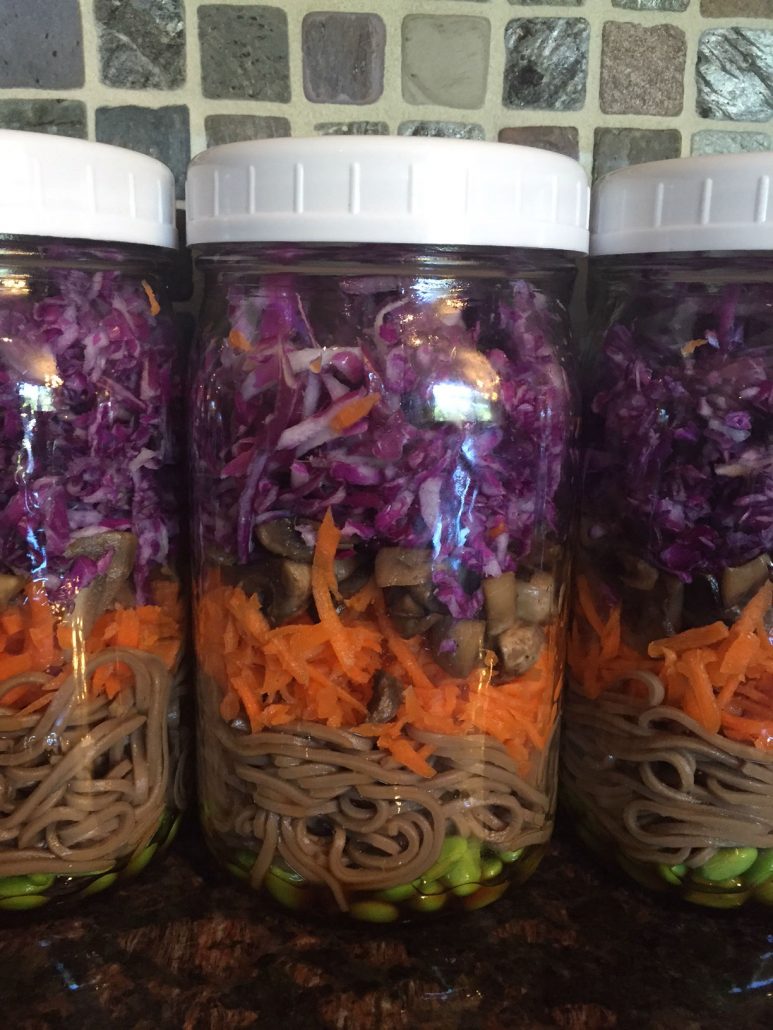

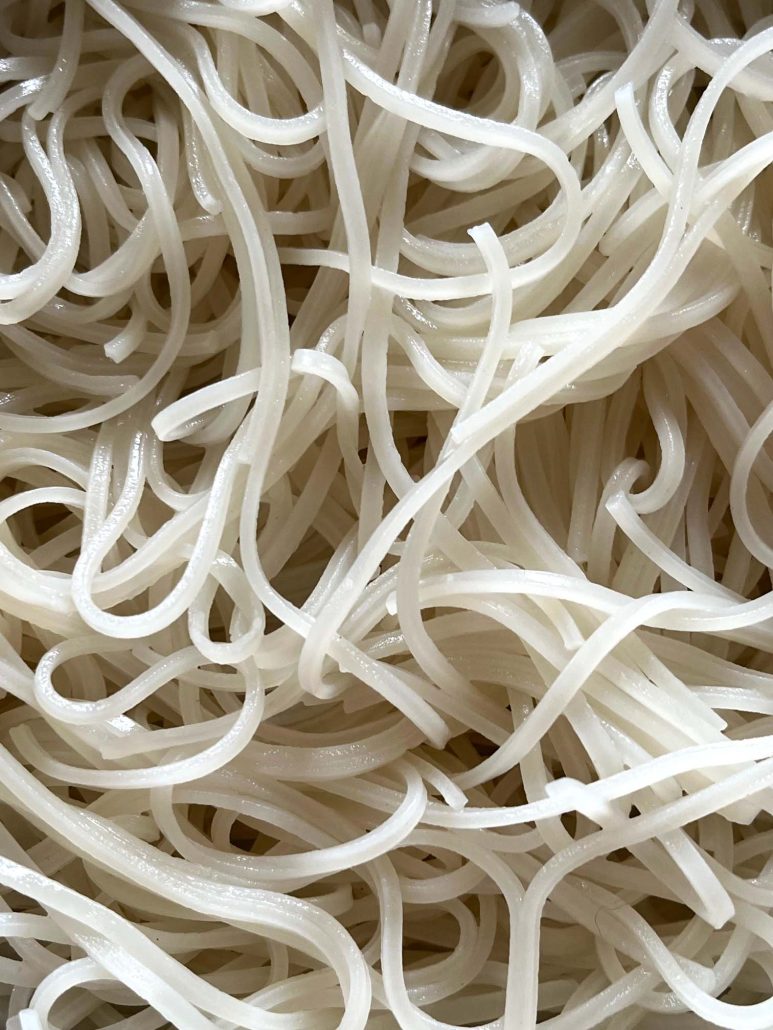


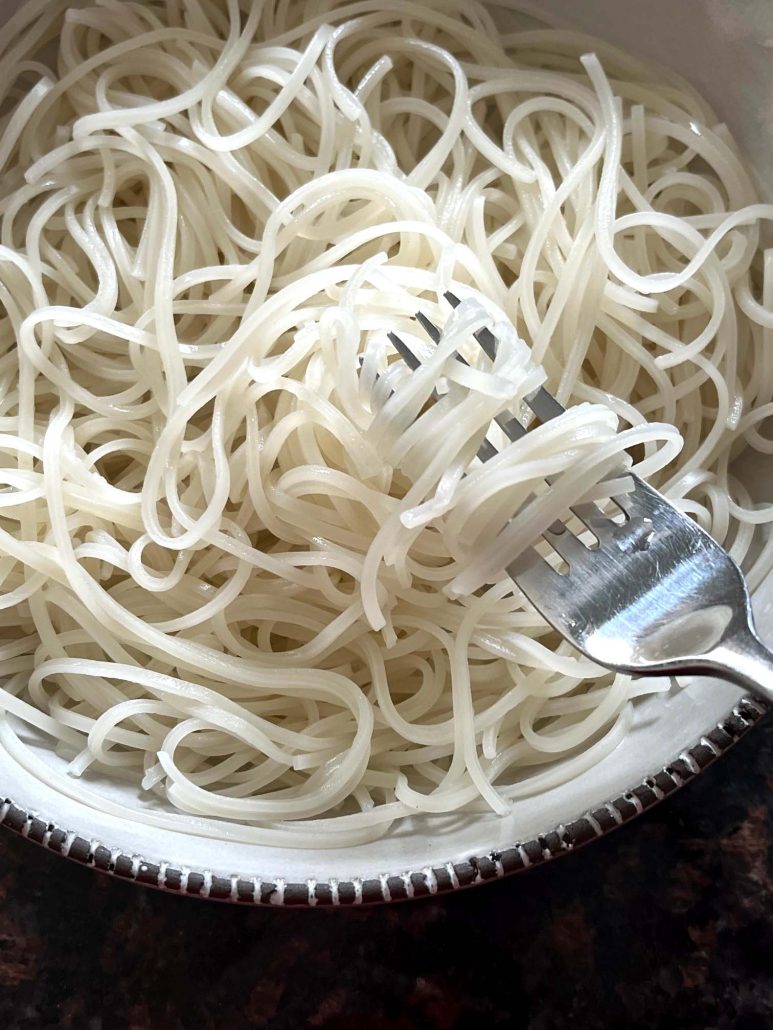
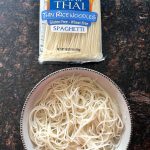
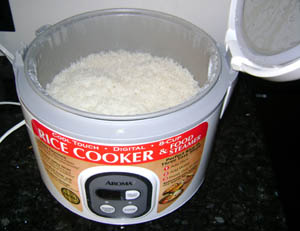
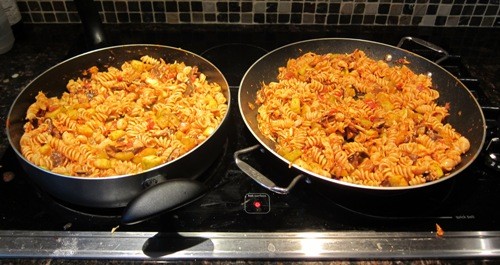
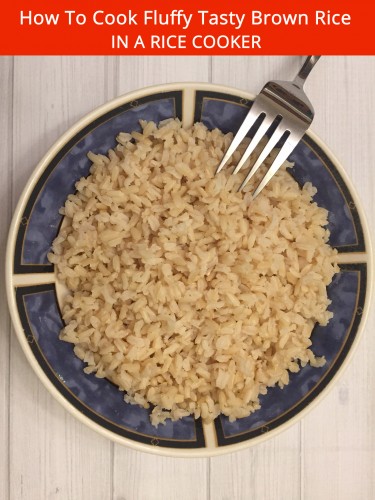
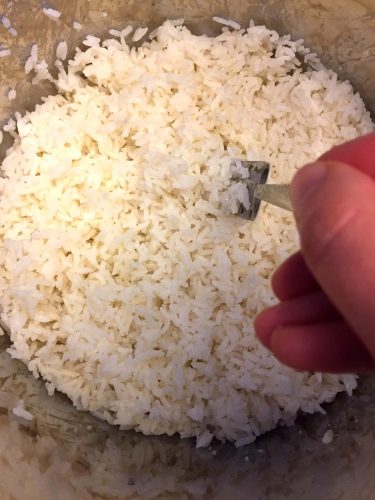
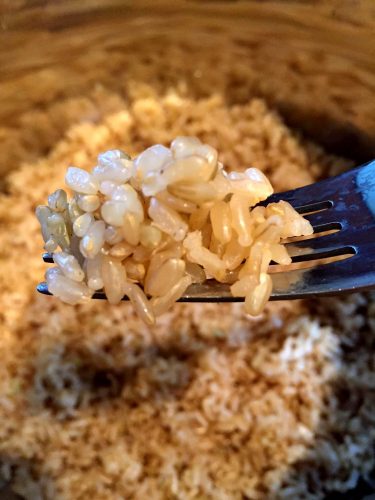
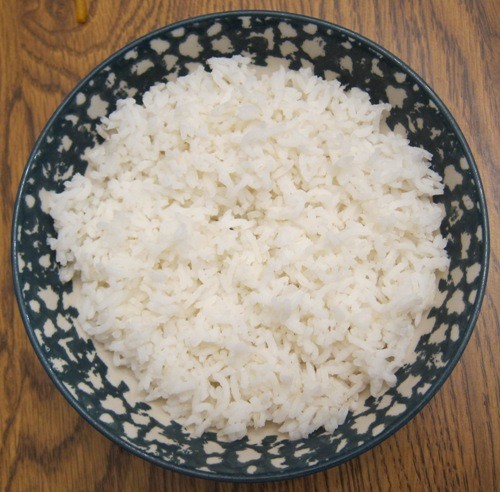
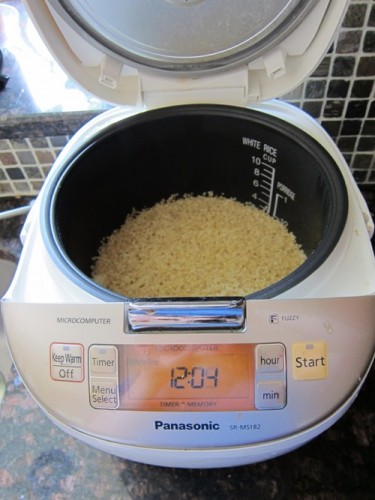
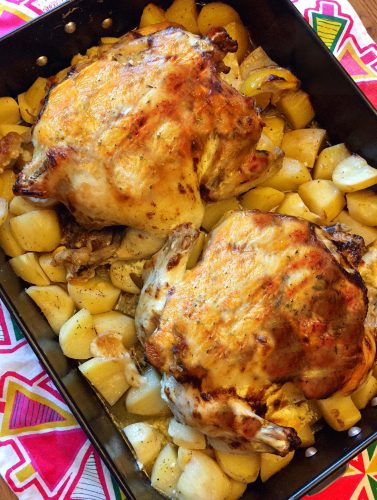
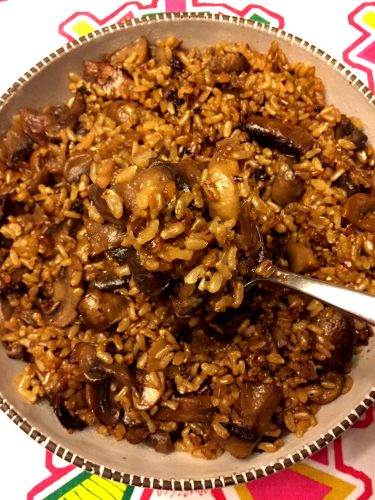
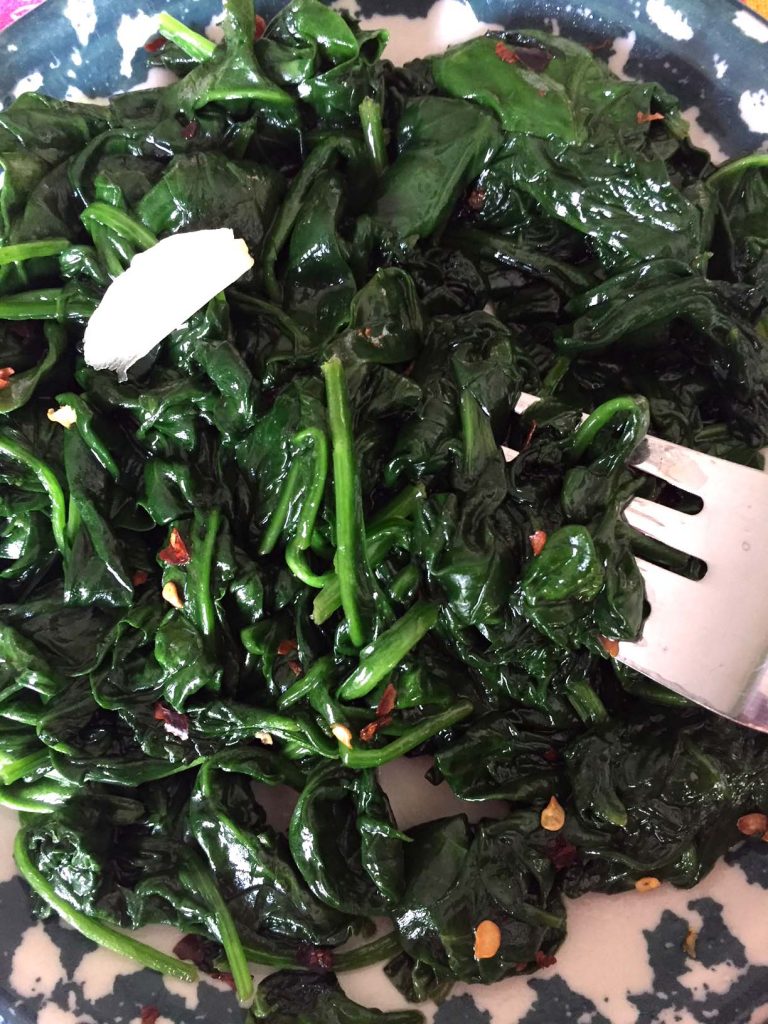
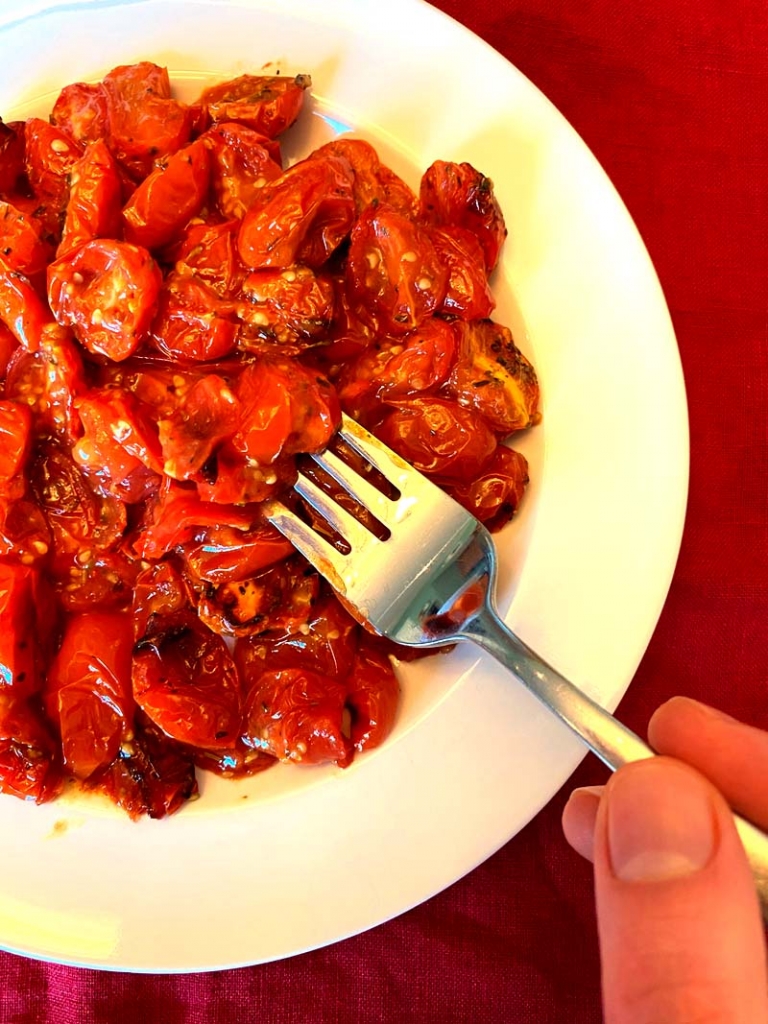
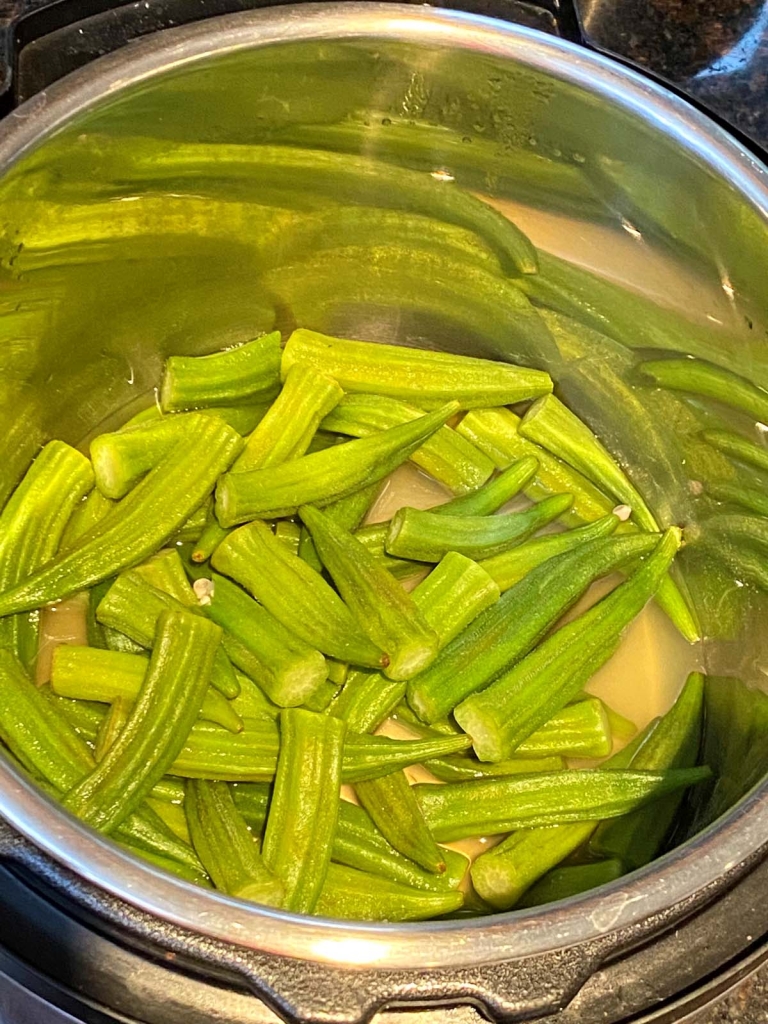
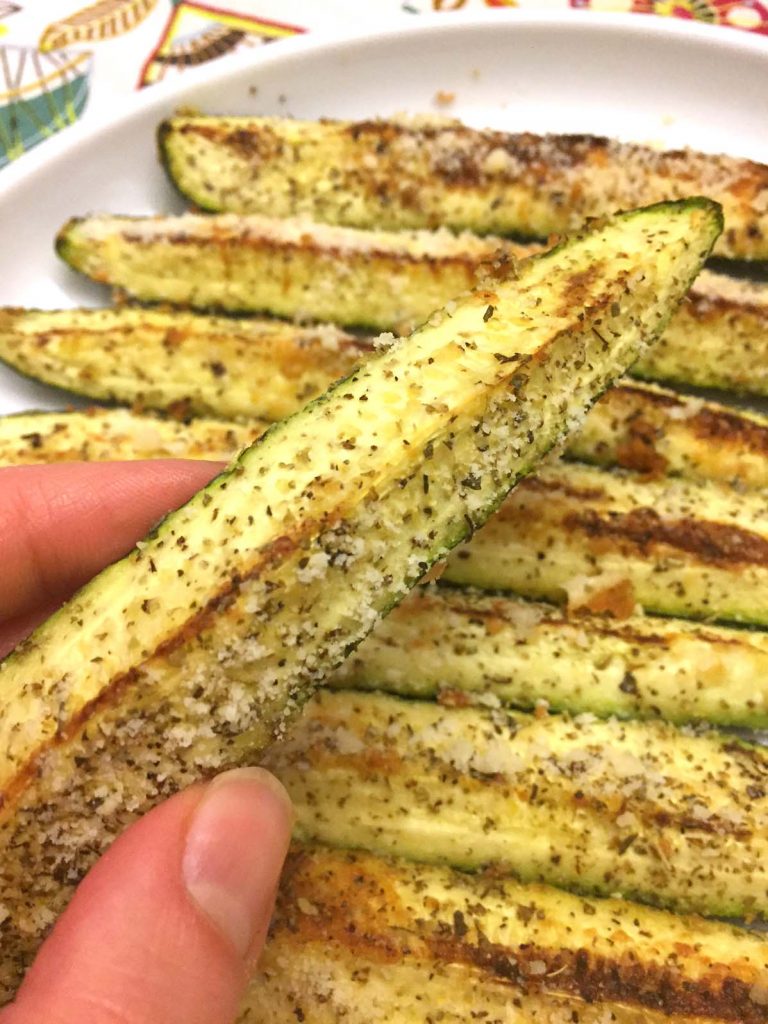
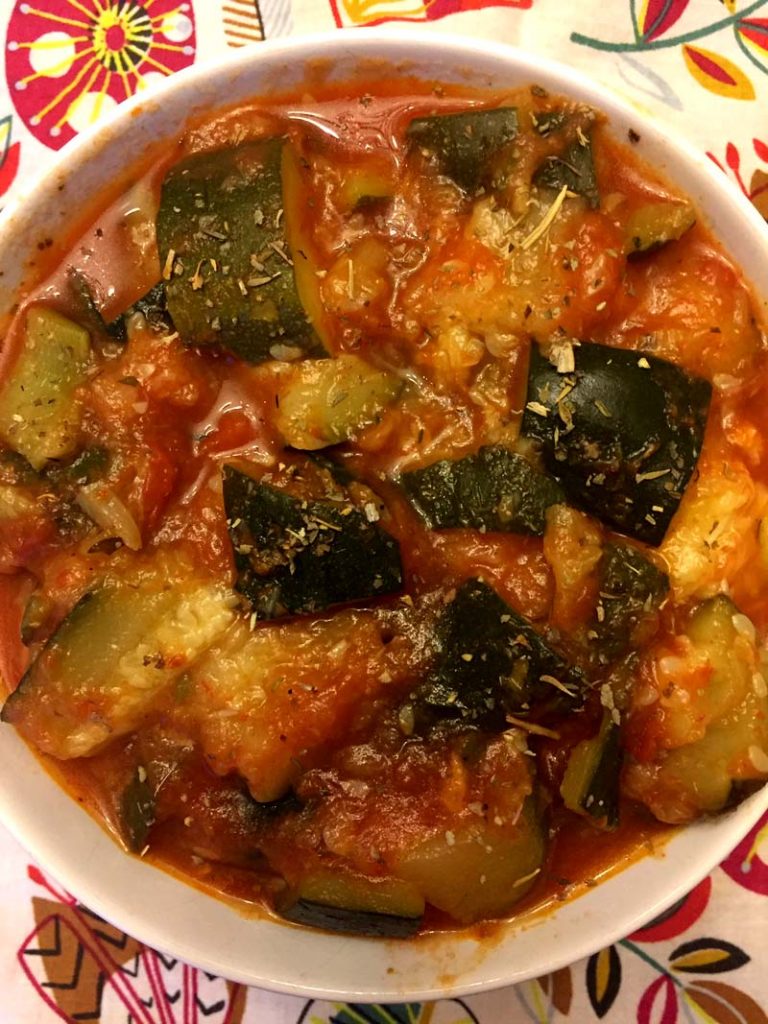
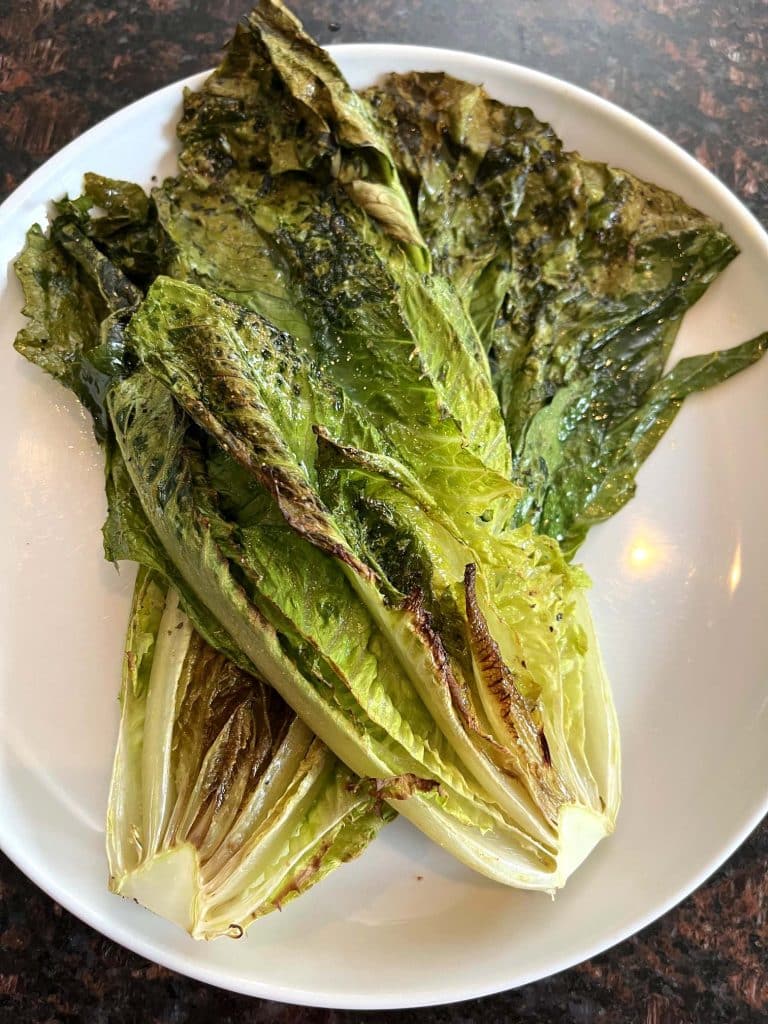
Thanks, Melanie for sharing this foolproof technique
I always struggled with rice noodles, but this method works like a charm :)